Are you craving the beauty and serenity of indoor plants but struggling with limited natural light in your home? Fear not, my fellow plant lover, as the best low light succulents are here to save the day!
These versatile and easy-to-care-for plants have adapted to thrive in less-than-ideal lighting conditions, making them perfect for your dimly lit abode. Prepare to be amazed as we dive into the world of the best low light succulents and discover how to grow, care for, and display these beauties in your home.
- Short Summary
- Understanding Low Light Conditions for Succulents
- Key Factors for Growing Low Light Succulents
- Top 15 Low Light Succulents for Your Home
- Creative Ways to Display Low Light Succulents
- Propagating and Caring for Low Light Succulents
- Common Problems with Low Light Succulents and How to Solve Them
- Pet Safety and Low Light Succulents
- Low Light Succulent Combinations for Stunning Displays
- Summary
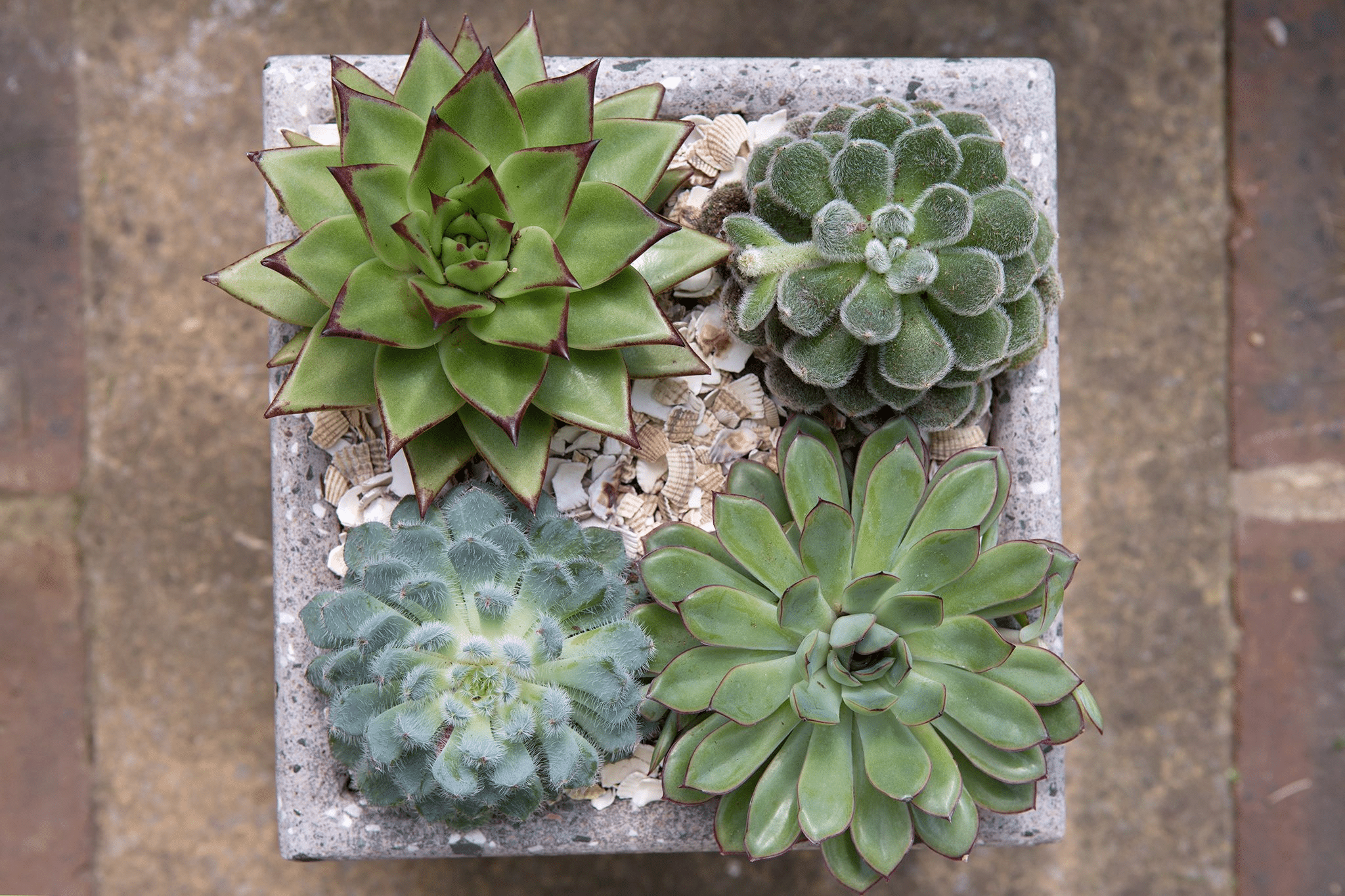
Short Summary
Understand low light needs for succulents to keep them healthy.
Check out the top 15 low light succulents perfect for your home.
Get creative with displays, propagation and pet safety tips to ensure success!
Understanding Low Light Conditions for Succulents

First things first, let's define low light conditions for succulents. In general, low light means indirect or filtered sunlight, which can be provided by a south-facing window or even artificial lighting. Low light succulents, like our beloved Snake Plant, typically need about 6 hours of indirect sun each day to thrive.
How can you ensure your low light succulents get the light they need? One simple trick is to place them near a south-facing window where they can bask in a few hours of indirect sunlight daily. Some of the best low light succulents include Aloe Vera, Snake Plant, Ponytail Palm, Haworthia Varieties, and Holiday Cacti.
While low light succulents can survive in less-than-perfect lighting conditions, it's essential to remember that they still need some light to grow. As such, make sure to provide them with enough light, either natural or artificial, to keep them happy and healthy.
Key Factors for Growing Low Light Succulents
Apart from light, several other factors play a crucial role in the growth and well-being of low light succulents. These factors include soil type, watering frequency, temperature, humidity, and air circulation.
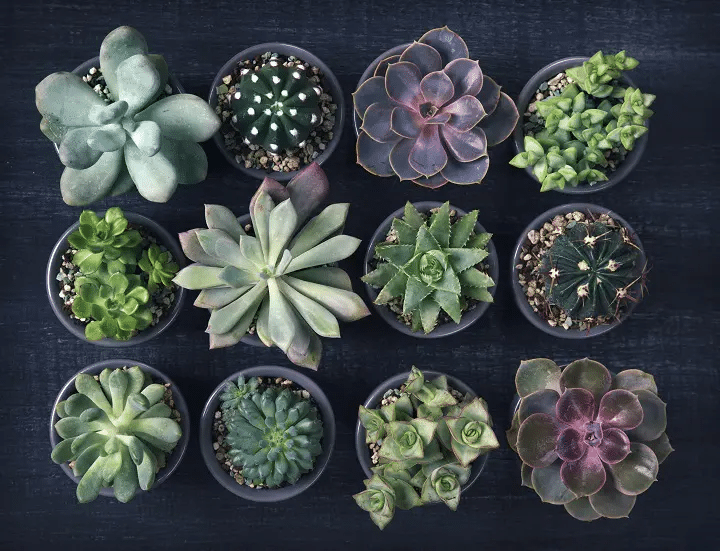
Low light succulents thrive in well-drained soil, which helps prevent root rot and other moisture-related issues. As for watering, these plants typically need a drink every 1-2 weeks, depending on the temperature and humidity in your home.
Speaking of which, low light succulents prefer temperatures between 65-75°F and humidity levels of 40-50%.
Lastly, don't forget about air circulation. Low light succulents appreciate indirect air flow, which helps maintain a healthy environment for them to grow.
By paying attention to these key factors, you'll set your low light succulents up for success.
Top 15 Low Light Succulents for Your Home
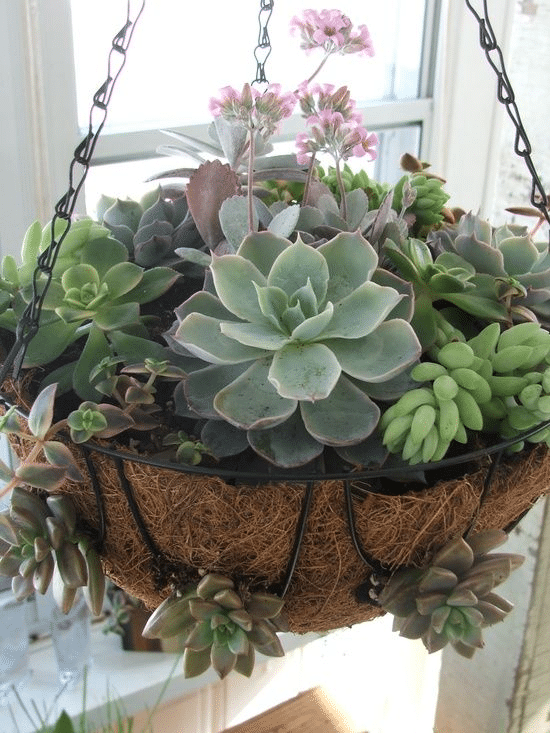
Now that you know what it takes to care for low light succulents, let's explore the top 15 varieties to grace your home with. These include:
Snake Plant
Ponytail Palm
Haworthia varieties
Echeveria
Panda Plant
String of Hearts
Gasteria
Mistletoe Cactus
Holiday Cactus
Lance Aloe
Zebra Cactus
Ox Tongue Plant
Burro's Tail
Wax Plant
Each of these succulents boasts unique characteristics, making them not only suitable for low light conditions but also attractive additions to your indoor plant collection.
In the following subsections, we'll dive deeper into the world of three of these low light succulent superstars: Snake Plant, Ponytail Palm, and Haworthia varieties. Get ready to learn the ins and outs of these lovely plants and how to make them thrive in your home.
Snake Plant (Sansevieria)
The Snake Plant, also known as Sansevieria trifasciata or mother-in-law's tongue, is a popular low light succulent that features tall, sword-like leaves with dark green and yellow streaks.
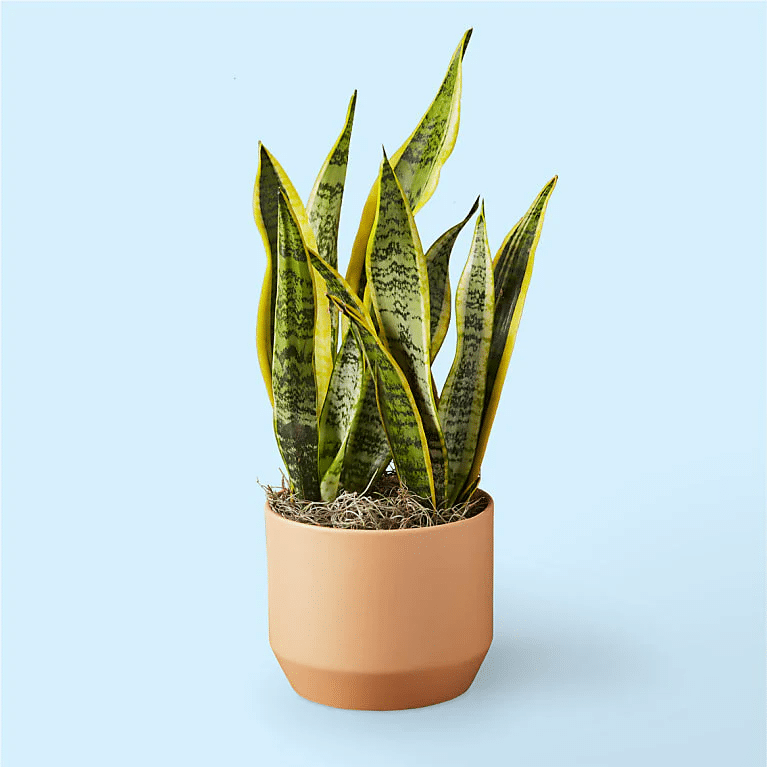
Not only is the Snake Plant incredibly easy to care for, but it also propagates itself, making it a low-maintenance addition to your home.
In terms of lighting, the Snake Plant prefers bright to medium indirect light but can still survive in low-light conditions. It can even handle some direct sunlight and partial shade.
As for watering, it's essential to wait until the soil has completely dried out before giving your Snake Plant a drink.
By providing the Snake Plant with the right amount of light and water, you'll enjoy its stunning vertical presence in your home for years to come.
Ponytail Palm (Beaucarnea recurvata)
The Ponytail Palm (Beaucarnea recurvata) is another fantastic low light succulent that deserves a spot in your home. This unique plant is known for its ability to store water in its thick, bulbous trunk, making it incredibly drought-tolerant.
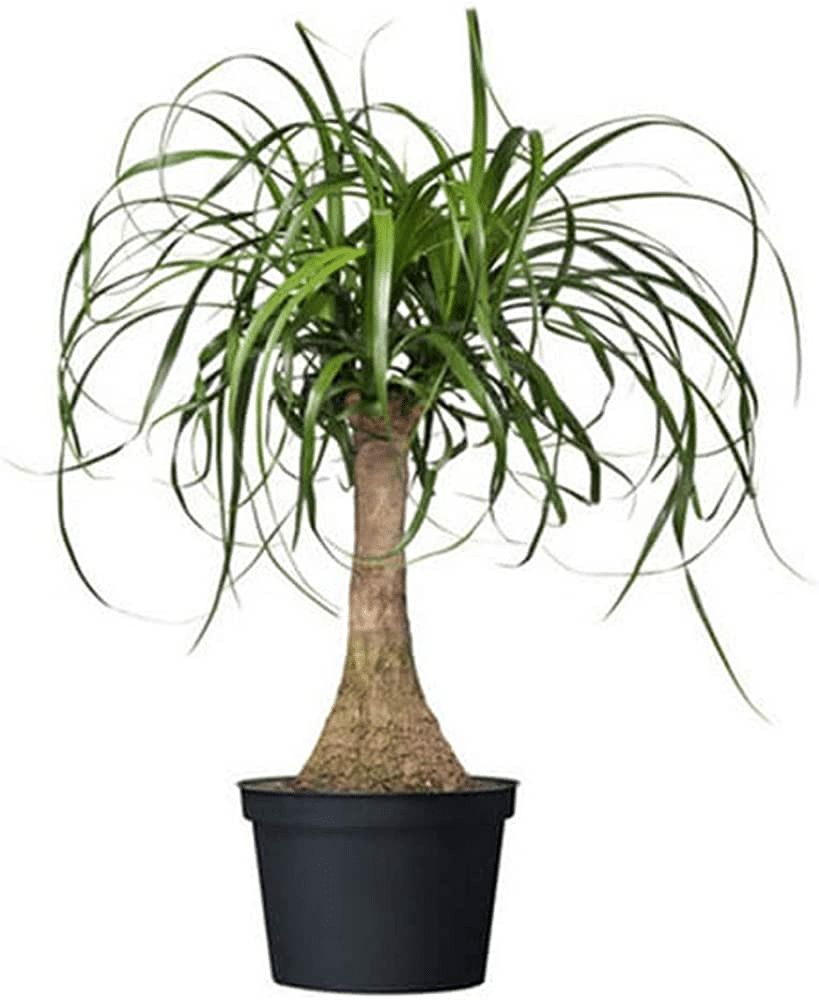
Moreover, the Ponytail Palm boasts air-cleaning abilities, breaking down toxic gases and contributing to a healthier indoor environment.
The Ponytail Palm features a distinct appearance with its thick trunk and long, thin leaves that resemble a ponytail, adding an eye-catching element to your indoor plant collection. While it's not a demanding plant, it's crucial to provide it with the appropriate care to ensure its growth and longevity.
To keep your Ponytail Palm happy, make sure it's placed in a well-lit area with indirect sunlight. Also, remember that it's a drought-tolerant plant, so be careful not to overwater it.
By following these care tips, your Ponytail Palm will thrive and enhance your home's ambiance.
Haworthia Varieties
Haworthia varieties are a group of low light succulents known for their thick, fleshy leaves that come in various shapes and sizes. Some popular Haworthia varieties include the Zebra Plant, Windowpane Plant, Lance Aloe, and Gasteria.
The Zebra Plant, for instance, is a slow-growing succulent with green leaves and white ridges, resembling a mini aloe. It's native to South Africa and can handle various growing conditions, even low-light areas. Plus, it's drought-tolerant, requiring watering only when the soil is dry.
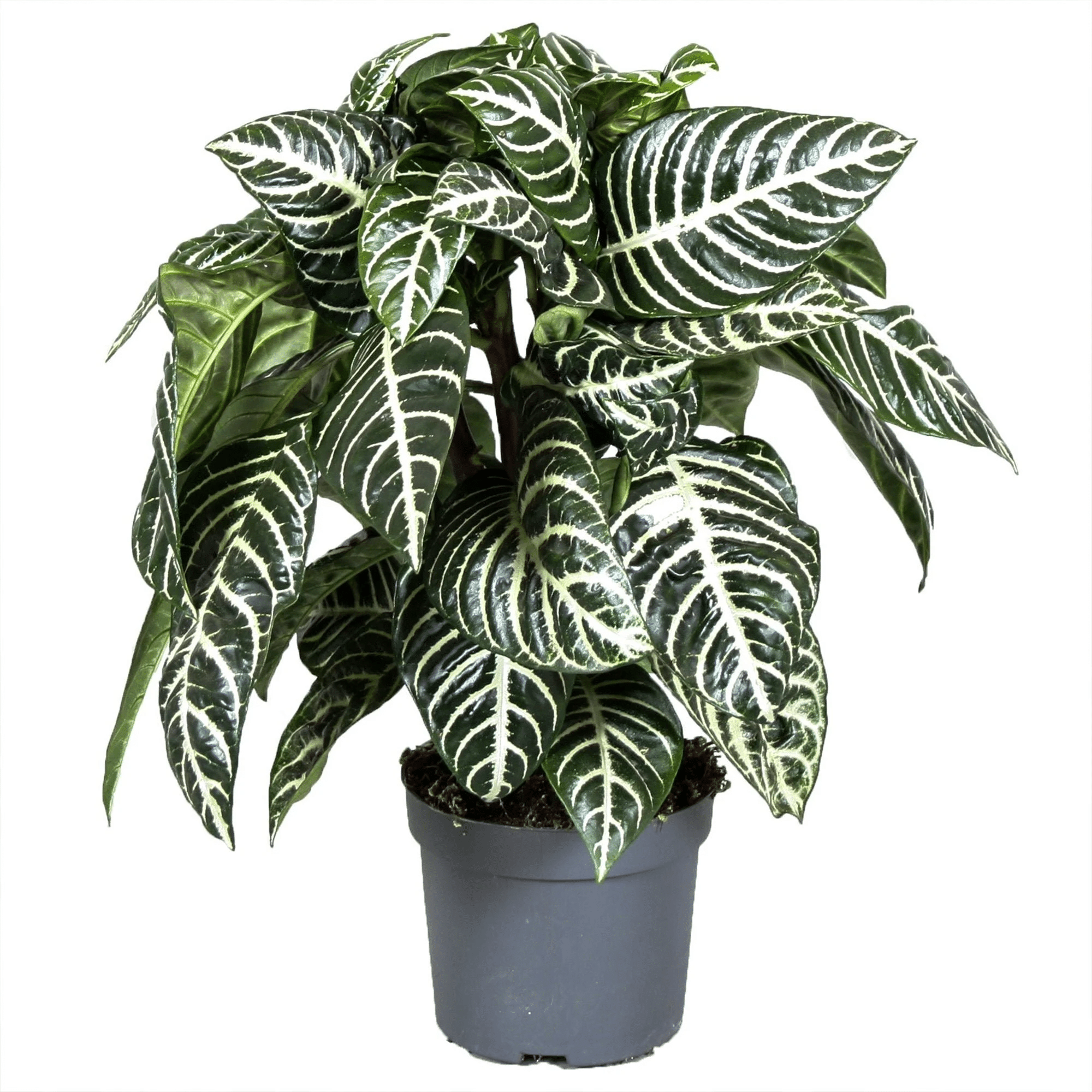
The Windowpane Plant, on the other hand, features bright green pointed leaves with a translucent “leaf window” that allows extra light for photosynthesis. Moreover, it's pet-safe, making it an excellent choice for households with furry friends.
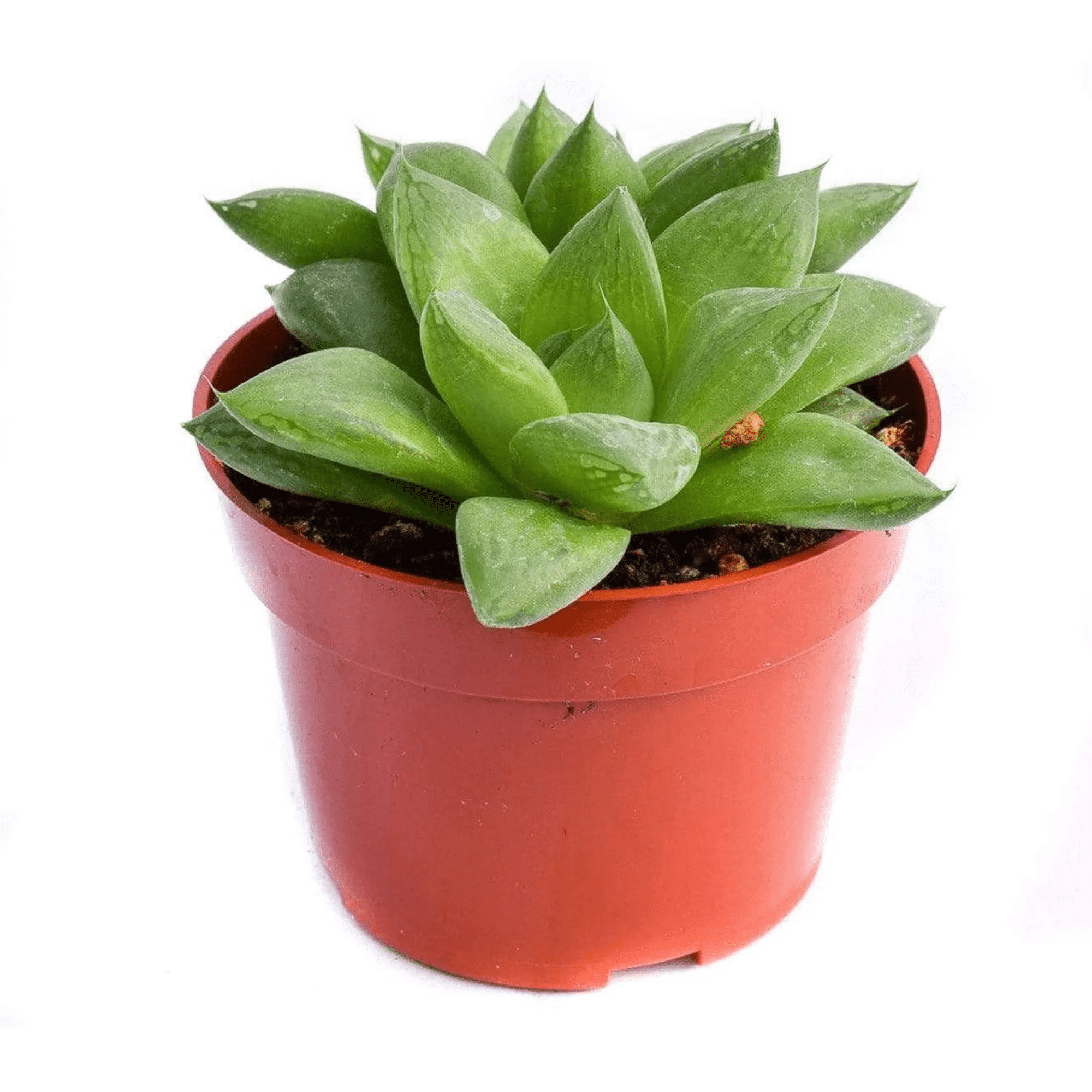
Haworthia varieties are not only beautiful, but also versatile and easy to care for, making them perfect additions to your low light succulent collection. By providing them with the right care, you'll enjoy their unique beauty and charm in your home.
Creative Ways to Display Low Light Succulents
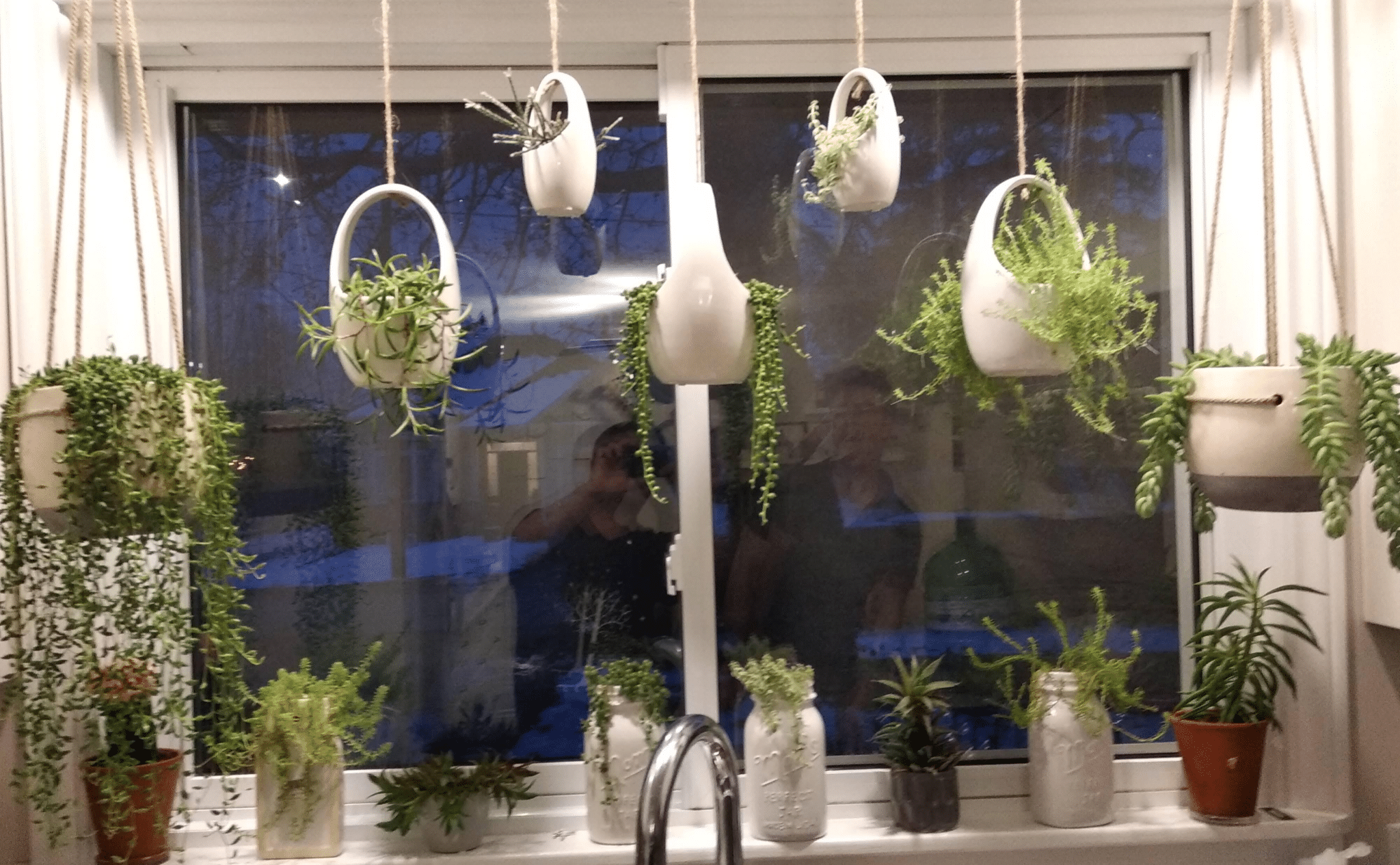
Now that you've learned about some of the best low light succulents, let's explore creative ways to showcase their beauty in your home.
One popular option is hanging baskets, which not only save space but also add visual interest to your indoor garden. Hanging baskets work particularly well with trailing succulents like the String of Hearts, which can be displayed on high shelves or in window boxes, letting their vines cascade downwards.
Another creative display idea is terrariums, which create a mini indoor garden for your low light succulents. Terrariums allow you to mix and match different succulent varieties, creating a stunning and diverse arrangement.
Wall planters are yet another option, enabling you to create a living wall of low light succulents that adds a touch of nature and elegance to any room.
By experimenting with various display options, you can create eye-catching arrangements that showcase the unique beauty of your low light succulents. Don't be afraid to mix and match different plants, colors, and textures for a truly stunning display.
Propagating and Caring for Low Light Succulents
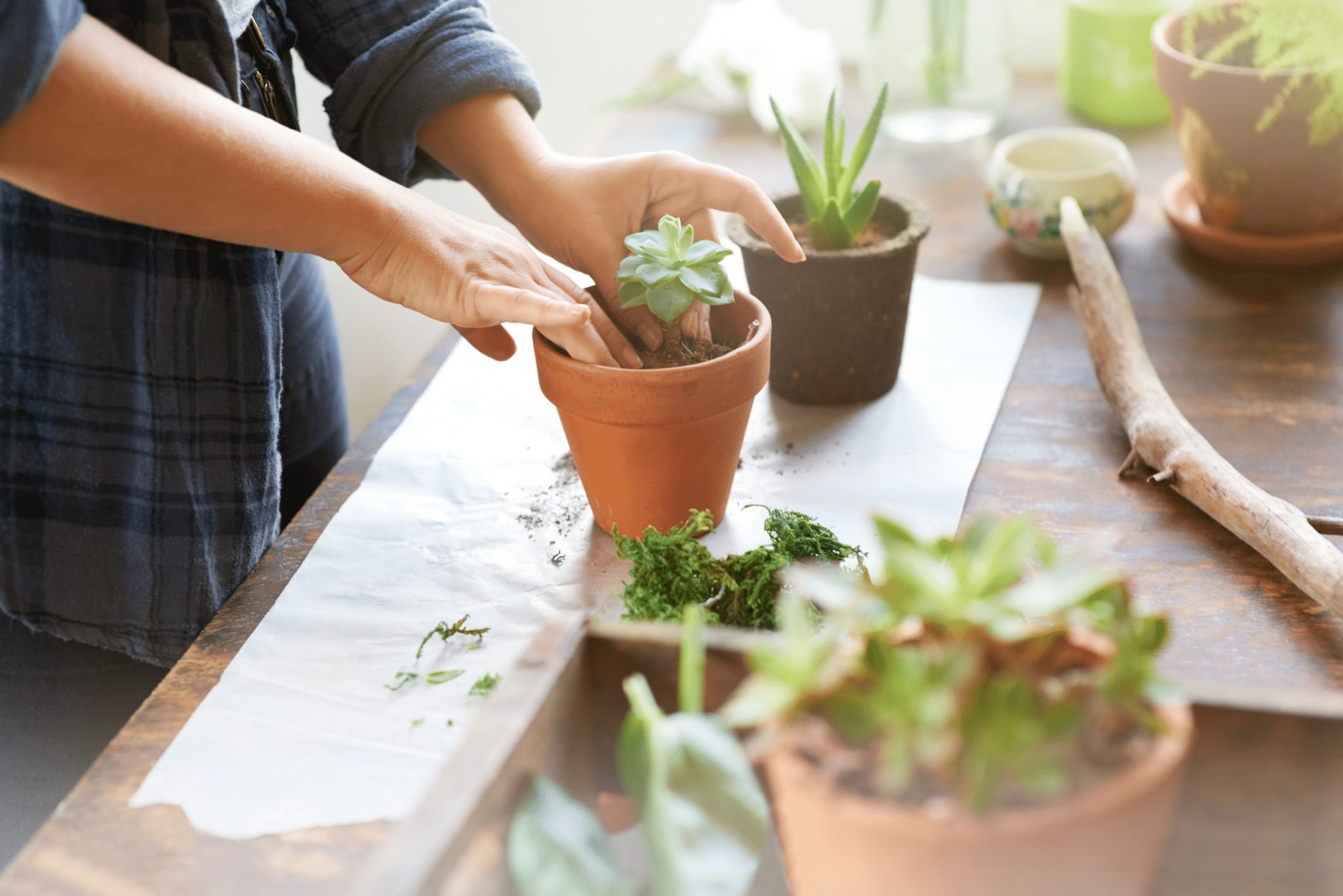
Propagating and caring for low light succulents involve a few essential steps to ensure their growth and well-being.
First, you can propagate your succulents by taking cuttings from the mother plant. Next, use the right soil mix to provide your succulents with the proper nutrients and drainage they require. A well-draining soil mix, specially formulated for succulents, is ideal for this purpose.
Watering is another crucial aspect of caring for low light succulents. Remember to water your plants only when the soil is completely dry, as overwatering can lead to root rot and other issues. Additionally, provide your low light succulents with adequate fertilizer to support their growth and overall health.
By following these propagation and care tips, you'll ensure the healthy growth of your low light succulents, allowing them to thrive and bring beauty to your home for years to come.
Common Problems with Low Light Succulents and How to Solve Them
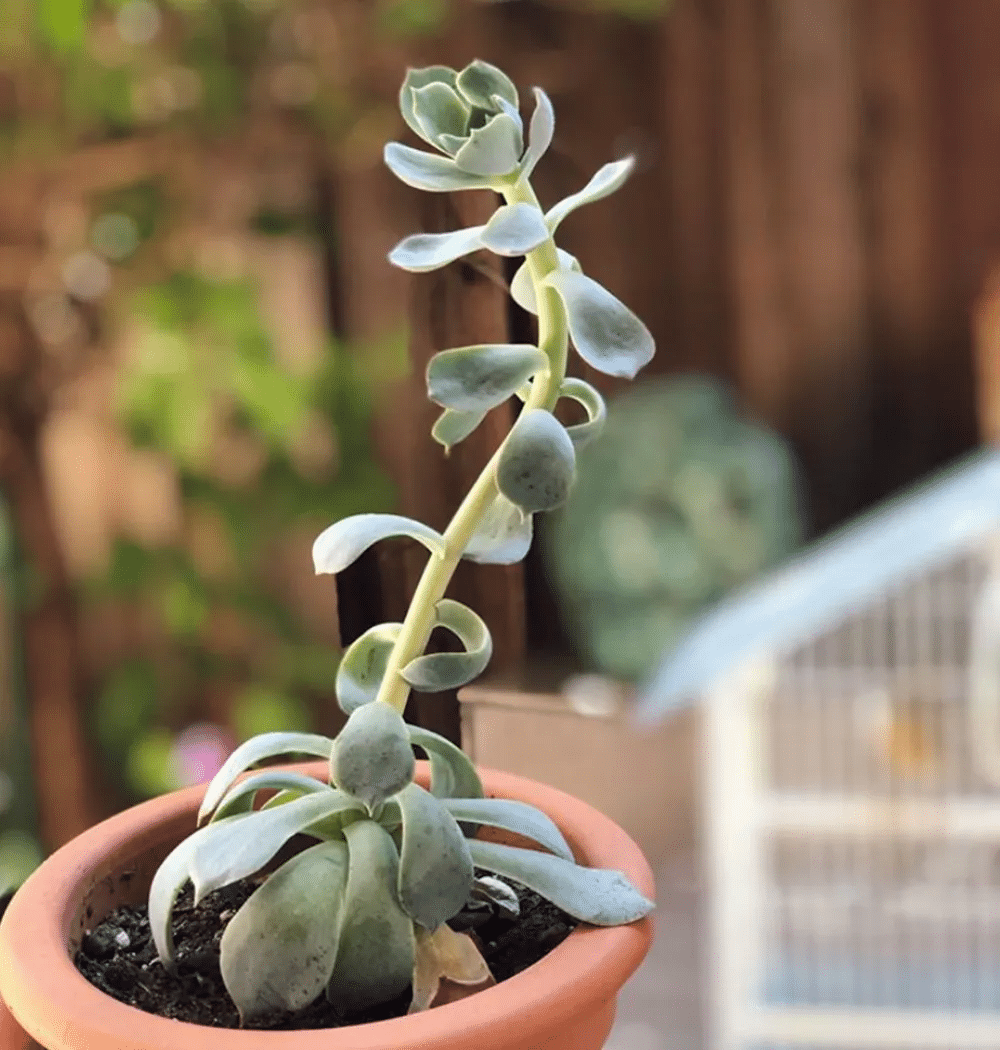
Low light succulents may occasionally face issues such as etiolation (stretching), root rot, and pests. Etiolation occurs when a succulent doesn't receive enough light, causing it to stretch and lose its compact shape. To solve this issue, simply move your succulent to a brighter location or provide it with additional artificial light.
Root rot is another common problem, often caused by overwatering and poor soil drainage. To prevent root rot, ensure that your succulent is planted in well-draining soil and water it only when the soil is completely dry.
Finally, pests can also be an issue for low light succulents. To combat pests, use a combination of preventative measures, such as proper watering and air circulation, as well as targeted pest control products when necessary.
By addressing these common problems and implementing the appropriate solutions, you can keep your low light succulents healthy and vibrant, allowing them to continue gracing your home with their beauty.
Pet Safety and Low Light Succulents
Pet safety is an essential consideration when selecting low light succulents for your home. Some succulents, like Aloe Vera and Jade plants, are toxic to pets and should be kept out of their reach. To ensure the safety of your furry friends, it's crucial to research each succulent variety before purchasing and adding them to your collection.
Thankfully, there are many pet-safe low light succulents available. For instance, the Windowpane Plant is non-toxic and poses no threat to your pets. Another safe option is the Happy Bean, which is also non-toxic and poses no harm to your pets.
By choosing pet-safe low light succulents, you can create a beautiful indoor garden without compromising the safety and well-being of your beloved pets.
Low Light Succulent Combinations for Stunning Displays
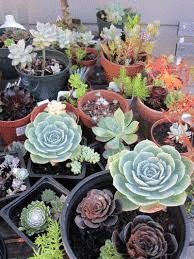
Creating stunning displays with your low light succulents is all about combining different colors, shapes, and textures. By thoughtfully pairing succulents with varying characteristics, you can create eye-catching arrangements that elevate your indoor garden's aesthetics.
One excellent combination for a show-stopping display is the pairing of Schlumbergera truncata (Holiday Cactus) and Jade plants. Both of these succulents can survive in low light and make beautiful, decorative plants. By placing these two succulents together in a pot or terrarium, you can create a vibrant and visually appealing display.
Don't be afraid to mix and match different low light succulents to create unique and stunning displays. Experiment with different color, shape, and texture combinations to find the perfect arrangement that suits your personal style and home decor.
Summary
Throughout this blog post, we've explored the world of low light succulents, learning about various varieties, their care requirements, and creative ways to display them in your home.
From understanding low light conditions to addressing common problems and ensuring pet safety, we've covered all the essentials you need to know to grow and care for these beautiful plants.
Now that you're equipped with the knowledge and inspiration to start your low light succulent journey, it's time to bring these charming plants into your home and experience the joy they can bring.
Remember, with the right care and attention, your low light succulents will thrive, providing you with a stunning indoor garden that will be the envy of your friends and family.

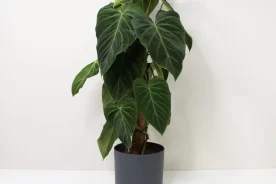

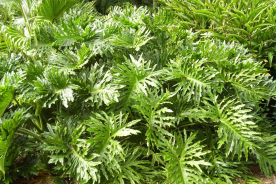

No Comments